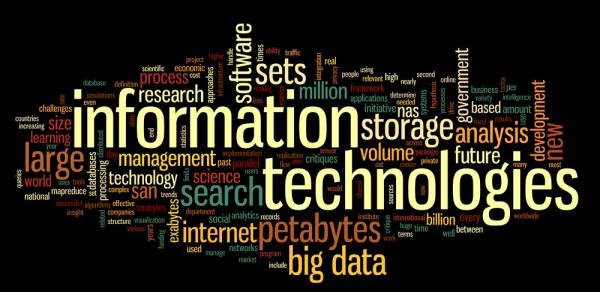AI @ CSI: A Resource for Artificial Intelligence
What is AI?
Artificial intelligence (AI) refers to the capacity of computers or other machines to perform tasks that typically require human intelligence such as reasoning, problem-solving, and decision-making. AI systems use algorithms and computational techniques to process large volumes of data, extract patterns, and make predictions or decisions based on those patterns.
Generative artificial intelligence is a specific subset of AI focused on creating content such as text, images, video, music, and other outputs in response to user input (or prompts). Generative AI models are designed to learn the patterns and structure of their input training data and generate new data with similar characteristics. Because generative AI tools can quickly and easily generate a wide variety of human-like outputs, they have the potential to radically transform the way we approach content creation across a wide range of domains and industries. However, because AI outputs are derived from undocumented data sources, infringe on intellectual property, and are prone to error, they are also subject to a number of important limitations. *
* Taken From Rutgers University



